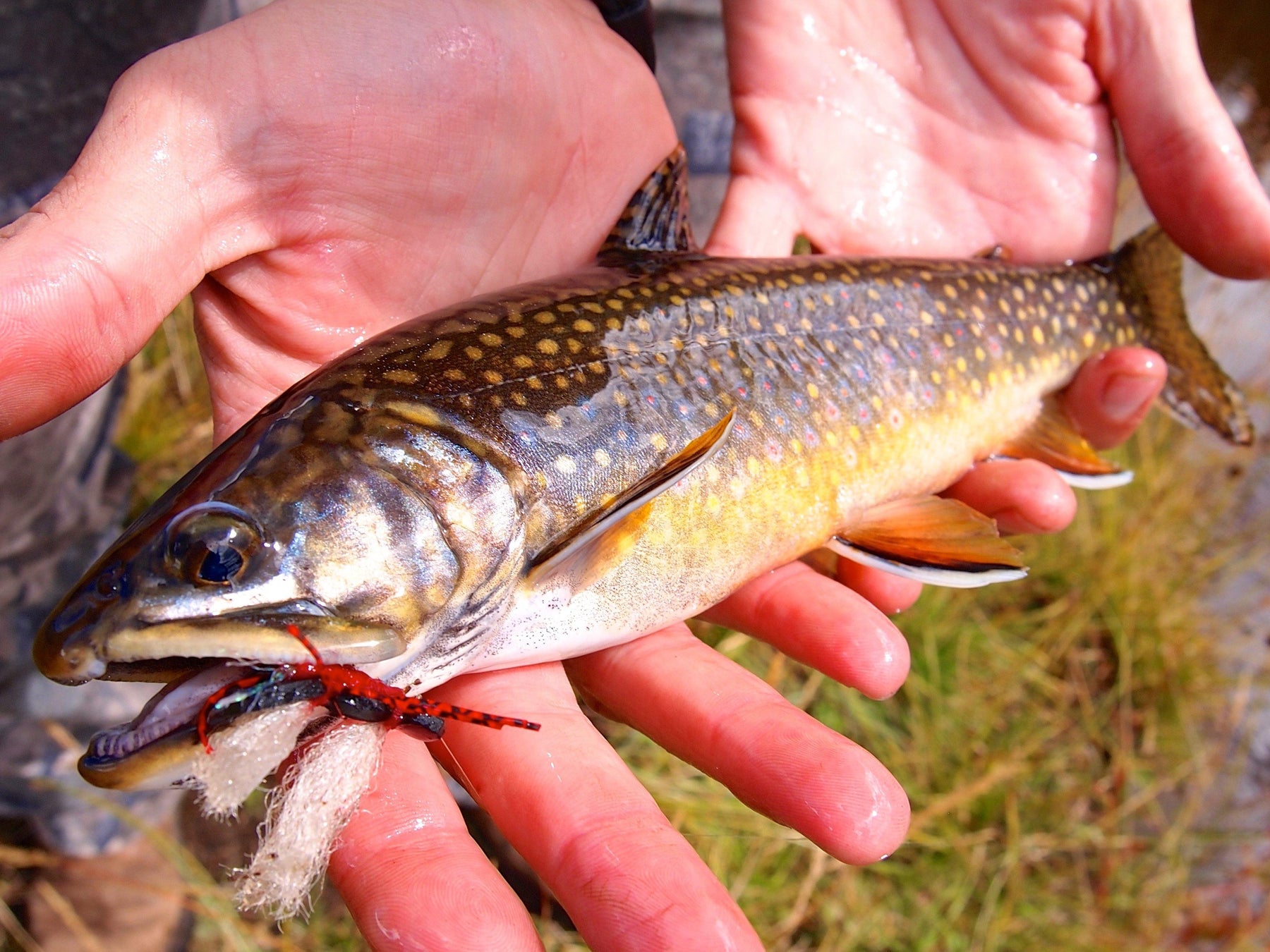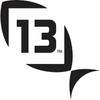
What it looks like
- back is olive-green, brown or black; belly is silvery or white
- light wormlike markings and spots on dark background, some red and blue
- white leading edge on lower fins, set off by black line
- square tail
- mouth extends backwards to well beyond the eye
Size
- length: 15-40 centimetres (6-16 inches)
- weight: 0.45-1.36 kilograms (1-3 pounds)
- Ontario record: 6.6 kilograms (14.5 pounds)
Similar fish
Where it is found
Range
- much of Ontario from the small brooks of southern Ontario farmland to the larger rivers, ponds and lakes of the North
- use Fish ON-Line, an interactive mapping tool, to find specific lakes and rivers
Habitat
- a year-round supply of cold, clear water
- plenty of cover from overhanging branches, logs and rocks
- streams with cool, quiet pools between runs of fast water and rapids
- clear, cold lakes and beaver ponds
Find a fishing spot with Fish ON-Line
Angling tips
- found near overhanging trees, submerged wood, rocky points and shoals
- inland-lake brook trout are most active during spring and fall
- river brook trout stay in cold pools at the base of falls and rapids through the summer, spread out during the spring and fall
- worms and other natural baits are preferred during high-water periods
- use a flyrod and flies as water temperature rises, and trout move from deep pools into riffles in search of insects
- use a light-action 7-foot rod and a spinning reel holding 4 to 8-pound test
Common baits
- small minnow-imitating plugs
- spoons, jigs, spinners
- artificial flies
- worms, minnows, leeches, insects


 1572 Victoria St N.
1572 Victoria St N.

















